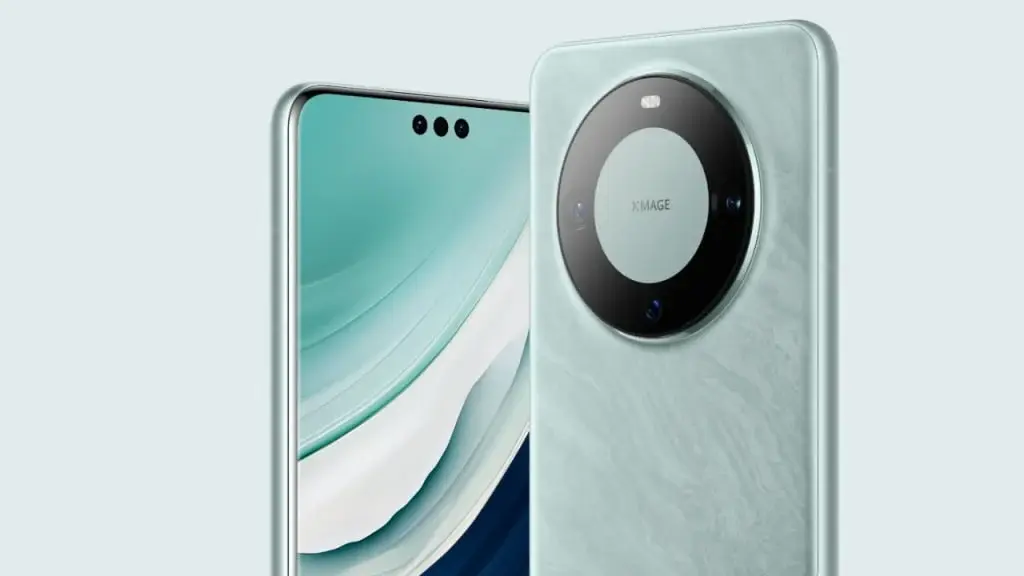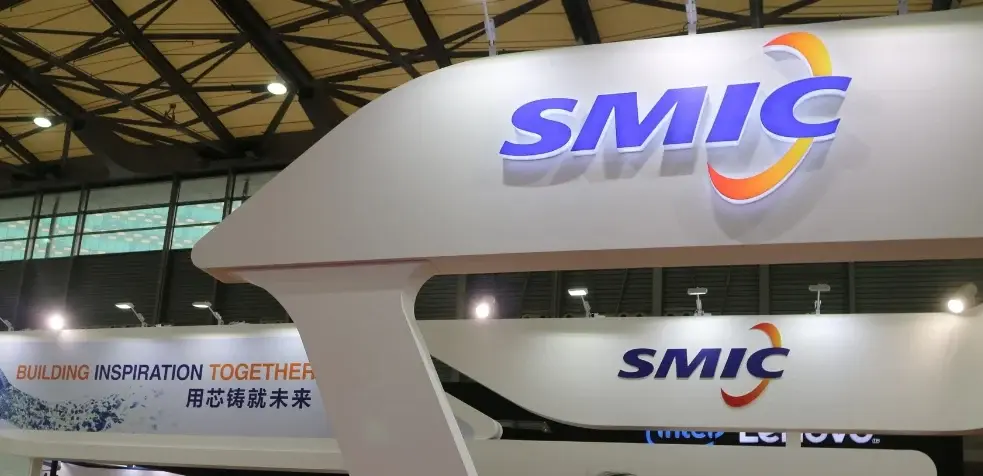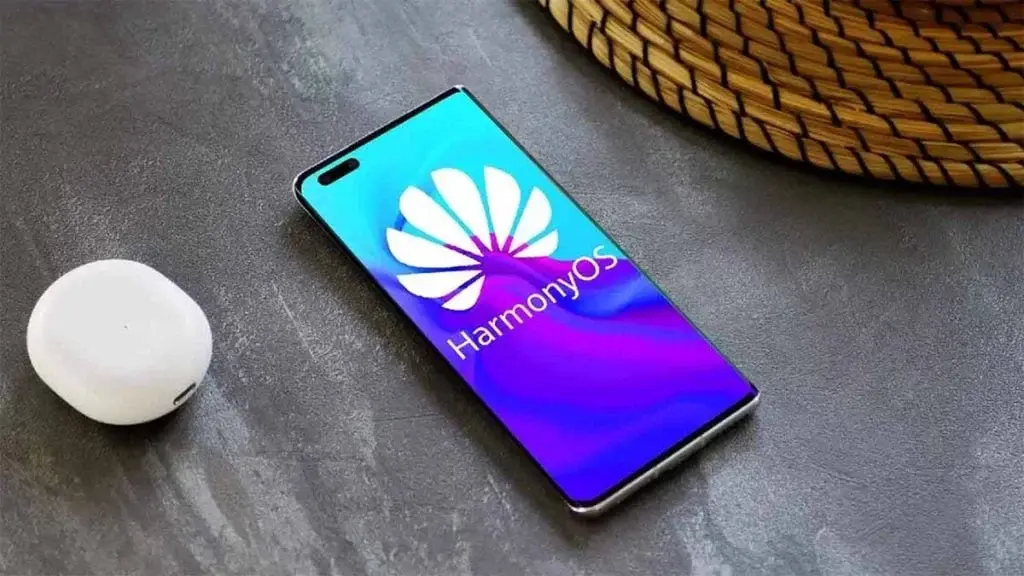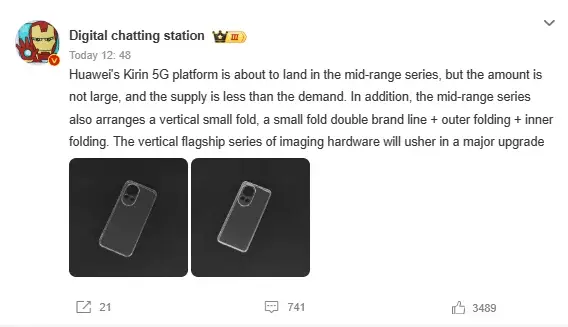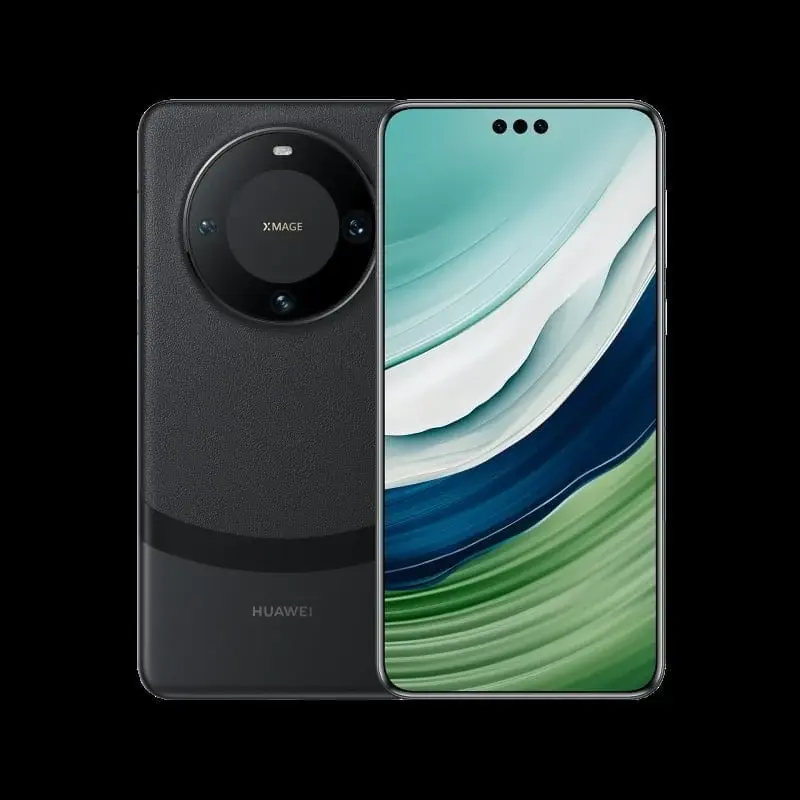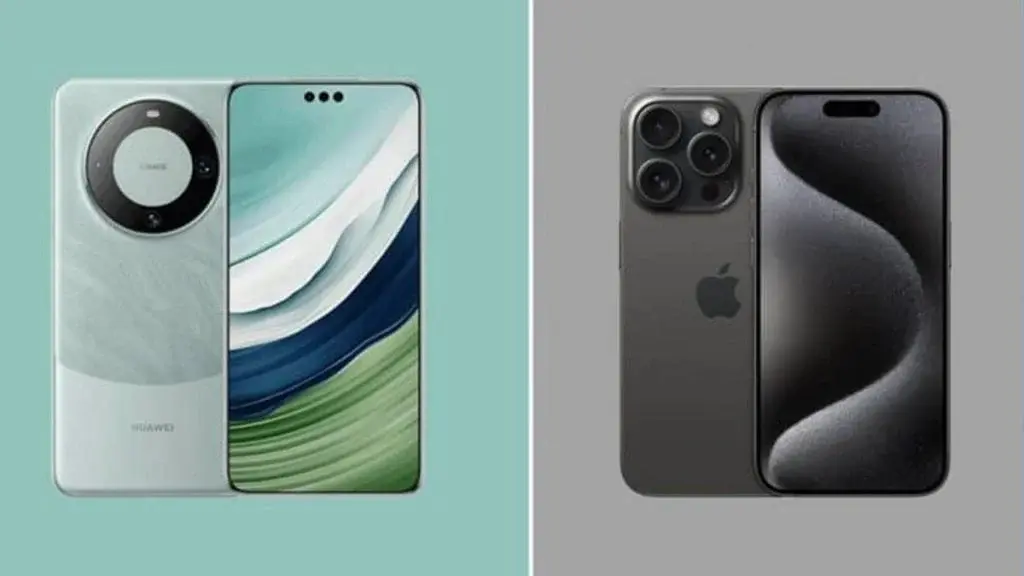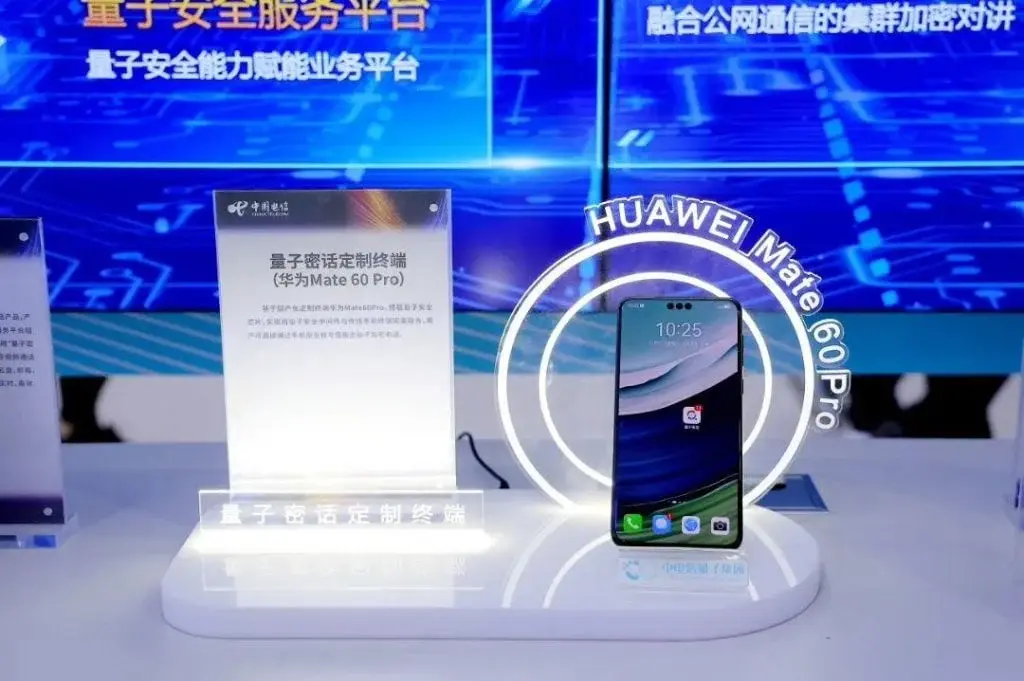Huawei is releasing a new software update for its Mate 60 series, introducing HarmonyOS 4.2.0.130. This update has three main focuses: improving the camera experience, adding a new accessibility feature, and implementing general system optimizations.
Enhanced Camera Capabilities
The update significantly enhances the photo-taking abilities of the Mate 60 series. Users will notice improved image quality across different shooting scenarios. Telephoto images, in particular, will benefit from increased clarity, resulting in sharper details when zooming in. Additionally, portrait mode has been upgraded to offer better clarity and a more natural appearance for portrait shots.
New Accessibility Feature
The Mate 60 Pro+ and Mate 60 RS Master models specifically gain a new accessibility feature called Smart Scanning. This feature enables users to use the phone’s rear camera for quick QR code scanning and initiating payments while in desktop mode. The process is simple:
- A QR code prompt appears on the screen.
- Double-click the back of the phone or tap the QR code prompt at the bottom of the desktop.
- Upon successful recognition (indicated by a beep), you’ll be redirected to the corresponding service page.
- Follow on-screen prompts to complete the desired action, such as launching an app or visiting a website.
- For unified payment codes or situations with multiple codes, the default payment method will be automatically used.
Smart Scanning is currently available on select Huawei models, including the Mate 50 series, Mate X3 series, Mate 60 series, and P70 series.
System Optimizations and Security Enhancements
Beyond camera improvements, the HarmonyOS update also addresses other areas of the phone, including the overall user experience. It integrates the latest June security patches to enhance system security, ensuring users have the most secure experience possible.

